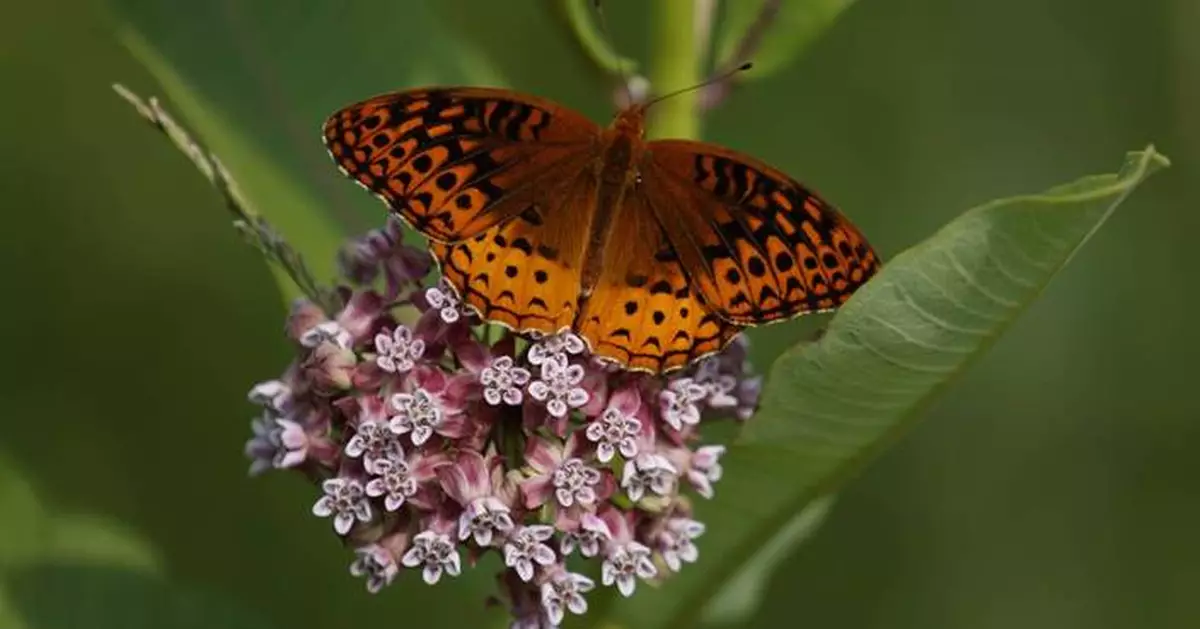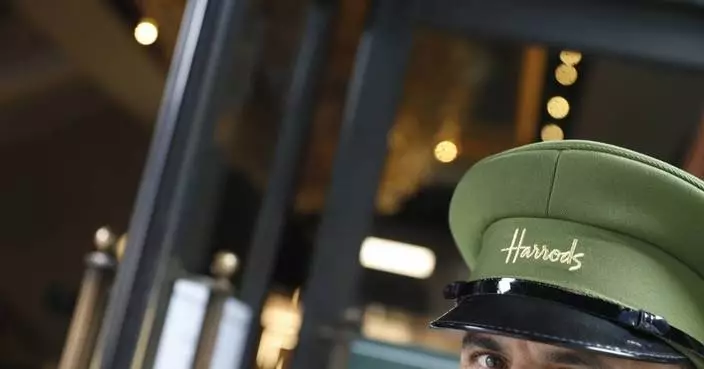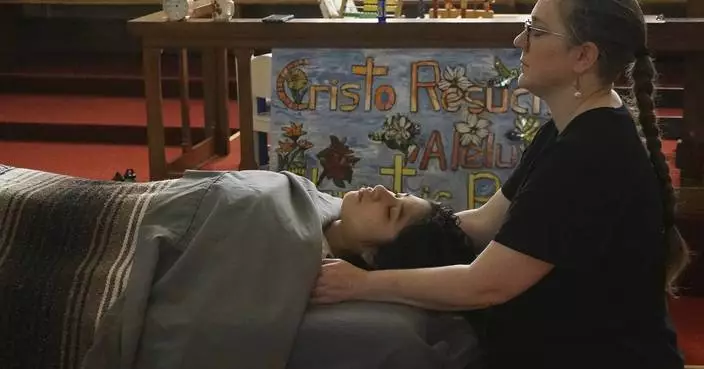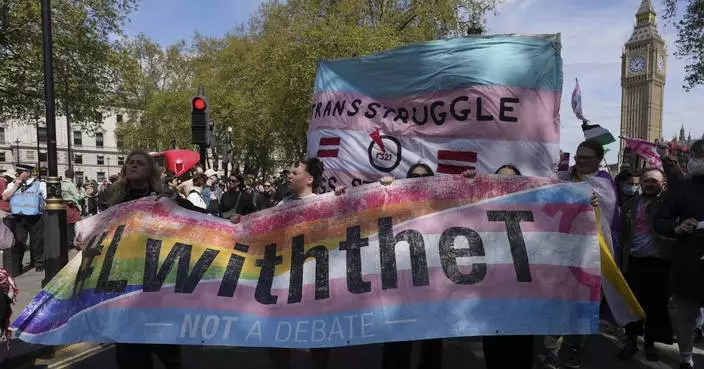WASHINGTON (AP) — America's butterflies are disappearing because of insecticides, climate change and habitat loss, with the number of the winged beauties down 22% since 2000, a new study finds.
The first countrywide systematic analysis of butterfly abundance found that the number of butterflies in the Lower 48 states has been falling on average 1.3% a year since the turn of the century, with 114 species showing significant declines and only nine increasing, according to a study in Thursday's journal Science.
“Butterflies have been declining the last 20 years,” said study co-author Nick Haddad, an entomologist at Michigan State University. “And we don't see any sign that that's going to end."
A team of scientists combined 76,957 surveys from 35 monitoring programs and blended them for an apples-to-apples comparison and ended up counting 12.6 million butterflies over the decades. Last month an annual survey that looked just at monarch butterflies, which federal officials plan to put on the threatened species list, counted a nearly all-time low of fewer than 10,000, down from 1.2 million in 1997.
Many of the species in decline fell by 40% or more.
David Wagner, a University of Connecticut entomologist who wasn't part of the study, praised its scope. And he said while the annual rate of decline may not sound significant, it is “catastrophic and saddening” when compounded over time.
“In just 30 or 40 years we are talking about losing half the butterflies (and other insect life) over a continent!” Wagner said in an email. "The tree of life is being denuded at unprecedented rates.”
The United States has 650 butterfly species, but 96 species were so sparse they didn't show up in the data and another 212 species weren't found in sufficient number to calculate trends, said study lead author Collin Edwards, an ecologist and data scientist at the Washington Department of Fish and Wildlife.
“I'm probably most worried about the species that couldn't even be included in the analyses” because they were so rare, said University of Wisconsin-Madison entomologist Karen Oberhauser, who wasn't part of the research.
Haddad, who specializes in rare butterflies, said in recent years he has seen just two endangered St. Francis Satyr butterflies — which only live on a bomb range at Fort Bragg in North Carolina — “so it could be extinct.”
Some well-known species had large drops. The red admiral, which is so calm it lands on people, is down 44% and the American lady butterfly, with two large eyespots on its back wings, decreased by 58%, Edwards said.
Even the invasive white cabbage butterfly, “a species that is well adapted to invade the world," according to Haddad, fell by 50%.
"How can that be?” Haddad wondered.
Cornell University butterfly expert Anurag Agrawal said he worries most about the future of a different species: Humans.
“The loss of butterflies, parrots and porpoises is undoubtedly a bad sign for us, the ecosystems we need and the nature we enjoy,” Agrawal, who wasn't part of the study, said in an email. “They are telling us that our continent's health is not doing so well ... Butterflies are an ambassador for nature's beauty, fragility and the interdependence of species. They have something to teach us.”
Oberhauser said butterflies connect people with nature and that “calms us down, makes us healthier and happier and promotes learning.”
What's happening to butterflies in the United States is probably happening to other, less-studied insects across the continent and world, Wagner said. He said not only is this the most comprehensive butterfly study, but the most data-rich for any insect.
Butterflies are also pollinators, though not as prominent as bees, and are a major source of pollination of the Texas cotton crop, Haddad said.
The biggest decrease in butterflies was in the Southwest — Arizona, New Mexico, Texas and Oklahoma — where the number of butterflies dropped by more than half in the 20 years.
“It looks like the butterflies that are in dry and warm areas are doing particularly poorly,” Edwards said. “And that kind of captures a lot of the Southwest.”
Edwards said when they looked at butterfly species that lived both in the hotter South and cooler North, the ones that did better were in the cooler areas.
Climate change, habitat loss and insecticides tend to work together to weaken butterfly populations, Edwards and Haddad said. Of the three, it seems that insecticides are the biggest cause, based on previous research from the U.S. Midwest, Haddad said.
“It makes sense because insecticide use has changed in dramatic ways in the time since our study started,” Haddad said.
Habitats can be restored and so can butterflies, so there's hope, Haddad said.
“You can make changes in your backyard and in your neighborhood and in your state,” Haddad said. “That could really improve the situation for a lot of species.”
Follow Seth Borenstein on X at @borenbears
Read more of AP’s climate coverage at http://www.apnews.com/climate-and-environment
The Associated Press’ climate and environmental coverage receives financial support from multiple private foundations. AP is solely responsible for all content. Find AP’s standards for working with philanthropies, a list of supporters and funded coverage areas at AP.org.
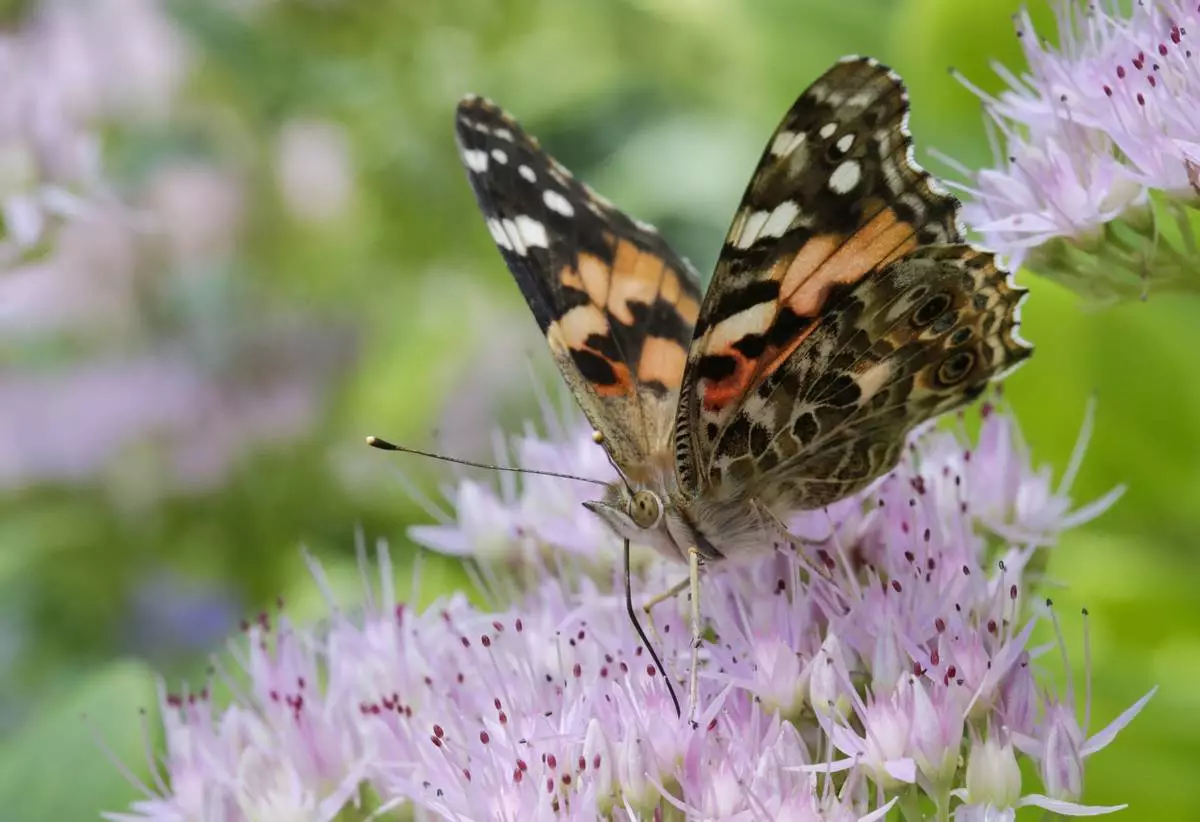
FILE - A painted lady butterfly feeds on Sedum flowers in Omaha, Neb., Sept. 19, 2017. (AP Photo/Nati Harnik, File)

FILE - Monarch butterflies from Canada stop to rest in Wendy Park on their way to Mexico, Sept. 12, 2023, in Cleveland. (AP Photo/Sue Ogrocki, File)
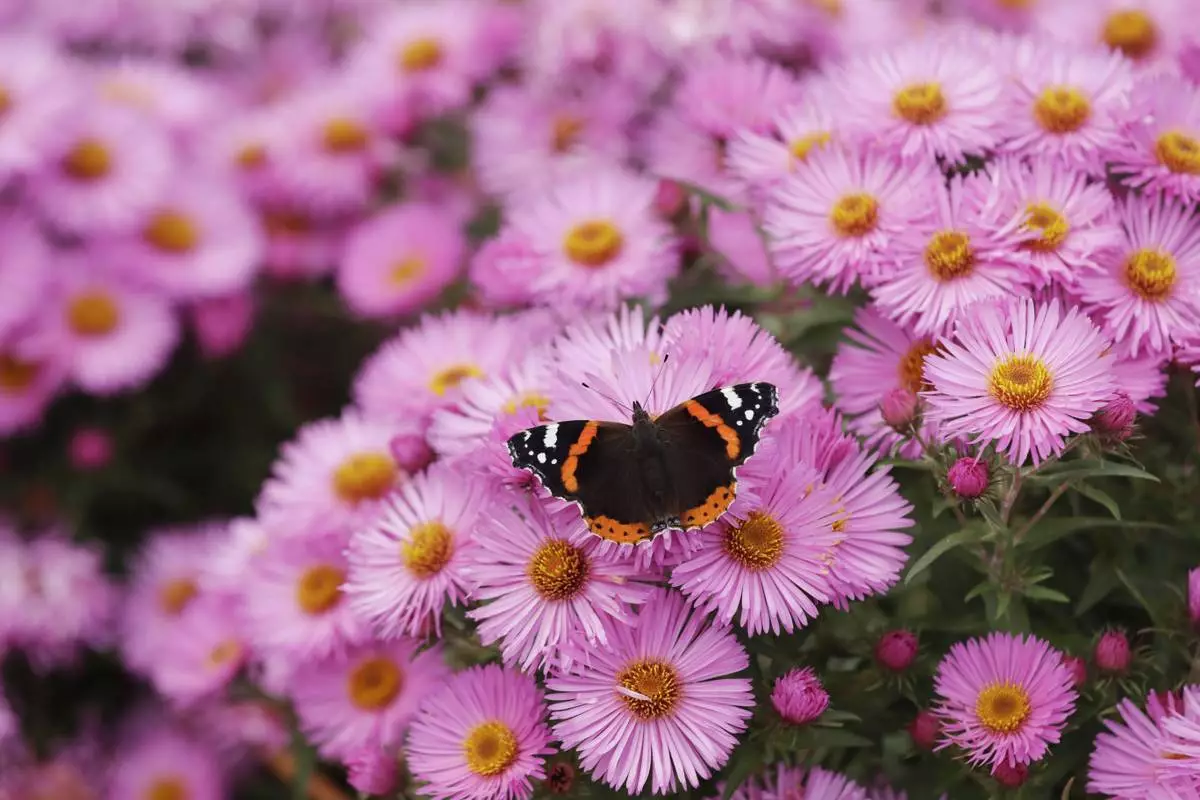
FILE - A red admiral butterfly stops on a New England Aster flower at the Royal Horticultural Society Garden Wisley, in the village of Wisley, near Woking, England, Oct. 4, 2017. (AP Photo/Matt Dunham, File)
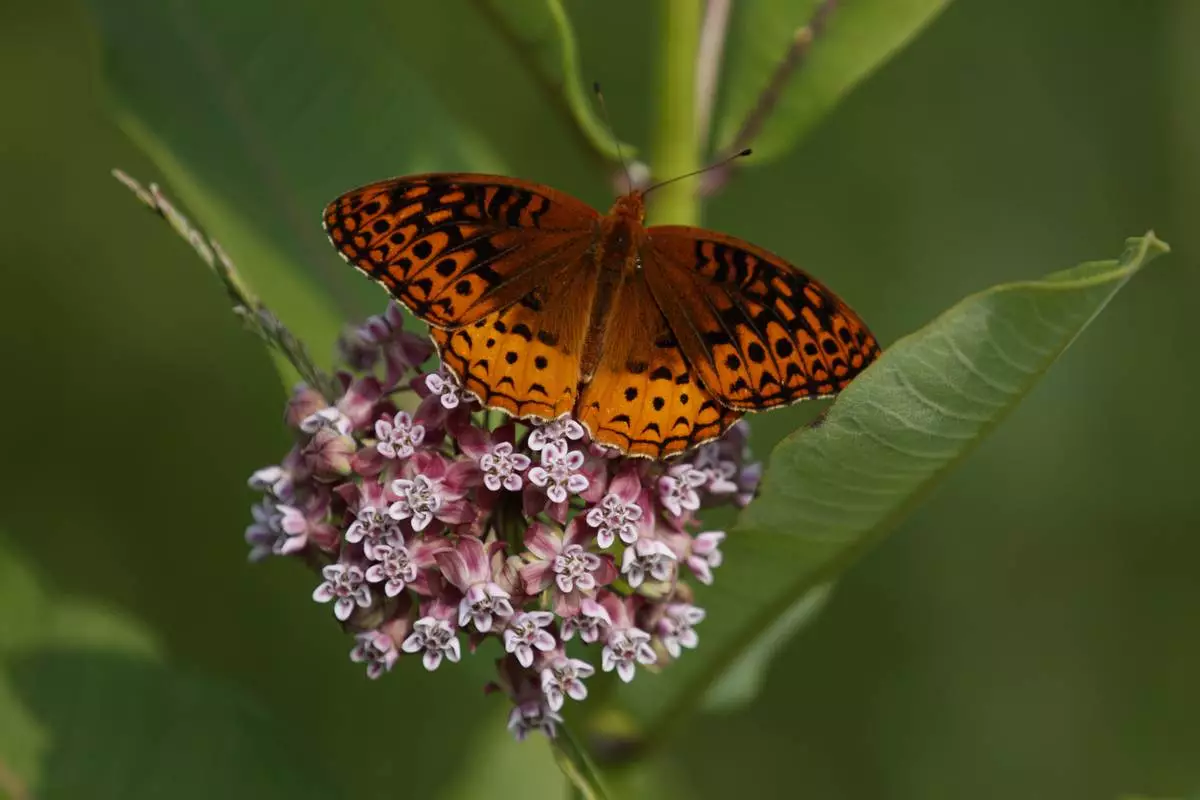
FILE - A fritillary butterfly perches on blooming milkweed at Patuxent Wildlife Research Center in Laurel, Md., June 5, 2019. (AP Photo/Carolyn Kaster, File)
The White House is planning on Friday to unveil President Donald Trump’s 2026 budget, a sweeping framework that's expected to propose steep reductions, if not a wholesale zeroing out, of various federal programs as part of his administration’s priorities.
Meanwhile, the Trump administration has asked the Supreme Court to strip temporary legal protections from 350,000 Venezuelans, potentially exposing them to being deported.
Here's the latest:
Japan’s massive holdings of U.S. Treasurys can be “a card on the table” in negotiations over tariffs with the Trump administration, Finance Minister Katsunobu Kato said Friday.
“It does exist as a card, but I think whether we choose to use it or not would be a separate decision,” Kato said during a news show on national broadcaster TV Tokyo.
Kato didn’t elaborate and he didn’t say Japan would step up sales of its holdings of U.S. government bonds as part of its talks over Trump’s tariffs on exports from Japan.
Earlier, Japanese officials including Kato had ruled out such an option.
Japan is the largest foreign holder of U.S. government debt, at $1.13 trillion as of late February. China, also at odds with the Trump administration over trade and tariffs, is the second largest foreign investor in Treasurys.
▶ Read more about Japan’s talks with the U.S. over tariffs
“We are going to be taking away Harvard’s Tax Exempt Status,” he wrote on his social media site Friday morning. “It’s what they deserve!”
Trump and his White House have repeatedly gone after Harvard. In addition to threatening its tax-exempt status, the administration has halted more than $2 billion in grants to Harvard and wants to block the school from being able to enroll international students.
The detailed Army plans for a potential military parade on Trump’s birthday in June call for more than 6,600 soldiers, at least 150 vehicles, 50 helicopters, seven bands and possibly a couple thousand civilians, The Associated Press has learned.
The planning documents, obtained by the AP, are dated April 29 and 30 and have not been publicly released. They represent the Army’s most recent blueprint for its long-planned 250th anniversary festival on the National Mall and the newly added element — a large military parade that Trump has long wanted but is still being discussed.
The Army anniversary just happens to coincide with Trump’s 79th birthday on June 14.
While the slides do not include any price estimates, it would likely cost tens of millions of dollars to put on a parade of that size.
▶ Read more about the Army’s military parade plans
As Trump faces significant pushback from federal judges, a new poll shows U.S. adults are more likely to believe the president is the one overstepping his power rather than the courts -- although Republicans largely think the opposite.
According to a poll from The Associated Press-NORC Center for Public Affairs Research, about half of Americans say the president has “too much” power in the way government operates these days. On the other hand, Americans are more likely to believe the federal courts have an appropriate amount of authority. Only about 3 in 10 U.S. adults say that federal judges have “too much” power.
Republicans see it the other way: Roughly half say the federal judiciary has too much power, and only about 2 in 10 say the president does.
▶ Read more about the latest AP-NORC poll
When the Justice Department lifted a school desegregation order in Louisiana this week, officials called its continued existence a “historical wrong” and suggested that others dating to the Civil Rights Movement should be reconsidered.
The end of the 1966 legal agreement with Plaquemines Parish schools announced Tuesday shows the Trump administration is “getting America refocused on our bright future,” Assistant Attorney General Harmeet Dhillon said.
Inside the Justice Department, officials appointed by Trump have expressed a desire to withdraw from other desegregation orders they see as an unnecessary burden on schools, according to a person familiar with the issue who was granted anonymity because they were not authorized to speak publicly.
Dozens of school districts across the South remain under court-enforced agreements dictating steps to work toward integration, decades after the Supreme Court struck down racial segregation in education. Some see the court orders’ endurance as a sign the government never eradicated segregation, while officials in Louisiana and at some schools see the orders as bygone relics that should be wiped away.
▶ Read more about the end to the desegregation order
— Collin Binkley
Trump on Thursday signed an executive order aiming to slash public subsidies to PBS and NPR as he alleged “bias” in the broadcasters’ reporting.
The order instructs the Corporation for Public Broadcasting and other federal agencies “to cease Federal funding for NPR and PBS” and further requires that that they work to root out indirect sources of public financing for the news organizations. The White House, in a social media posting announcing the signing, said the outlets “receive millions from taxpayers to spread radical, woke propaganda disguised as ‘news.’”
It’s the latest move by Trump and his administration to utilize federal powers to control or hamstring institutions whose actions or viewpoints he disagrees with. Since taking office, Trump has ousted leaders, placed staff on administrative leave and cut off hundreds of millions of dollars in funding to artists, libraries, museums, theaters and others, through takeovers of the John F. Kennedy Center for the Performing Arts and the National Endowment for the Humanities.
▶ Read more about the executive order
Rubio has been thrown into two top national security jobs at once as Trump presses forward with his top-to-bottom revamp of U.S. foreign policy, upending not only longstanding policies that the former Florida senator once supported but also the configuration of the executive branch.
Trump’s appointment of Rubio to temporarily replace Mike Waltz as national security adviser is the first major leadership shake-up of the nascent administration, but Waltz’s removal had been rumored for weeks — ever since he created a Signal group chat and accidentally added a journalist to the conversation where top national security officials shared sensitive military plans.
So, just over 100 days into his tenure as America’s top diplomat, Rubio now becomes just the second person to hold both positions. He follows only the late Henry Kissinger, who served as both secretary of state and national security adviser for two years under Presidents Richard Nixon and Gerald Ford in the 1970s.
▶ Read more about Rubio’s new role
The Justice Department asked the high court to put on hold a ruling from a federal judge in San Francisco that kept in place Temporary Protected Status for the Venezuelans that would have otherwise expired last month.
The status allows people already in the United States to live and work legally because their native countries are deemed unsafe for return due to natural disaster or civil strife.
A federal appeals court had earlier rejected the administration’s request.
Trump’s administration has moved aggressively to withdraw various protections that have allowed immigrants to remain in the country, including ending TPS for a total of 600,000 Venezuelans and 500,000 Haitians. TPS is granted in 18-month increments.
The emergency appeal to the high court came the same day a federal judge in Texas ruled illegal the administration’s efforts to deport Venezuelans under an 18th-century wartime law. The cases are not related.
▶ Read more about the Trump administration’s request
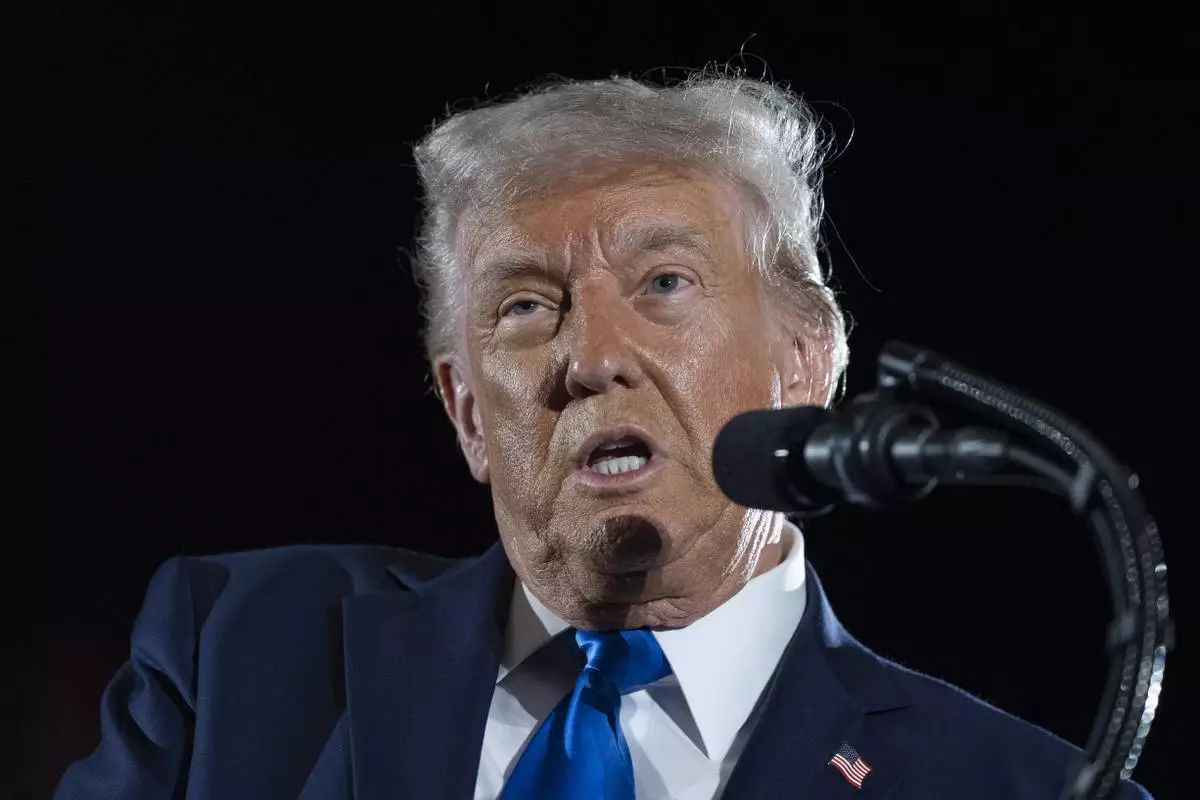
President Donald Trump gives a commencement address at the University of Alabama, Thursday, May 1, 2025, in Tuscaloosa, Ala.(AP Photo/Manuel Balce Ceneta)
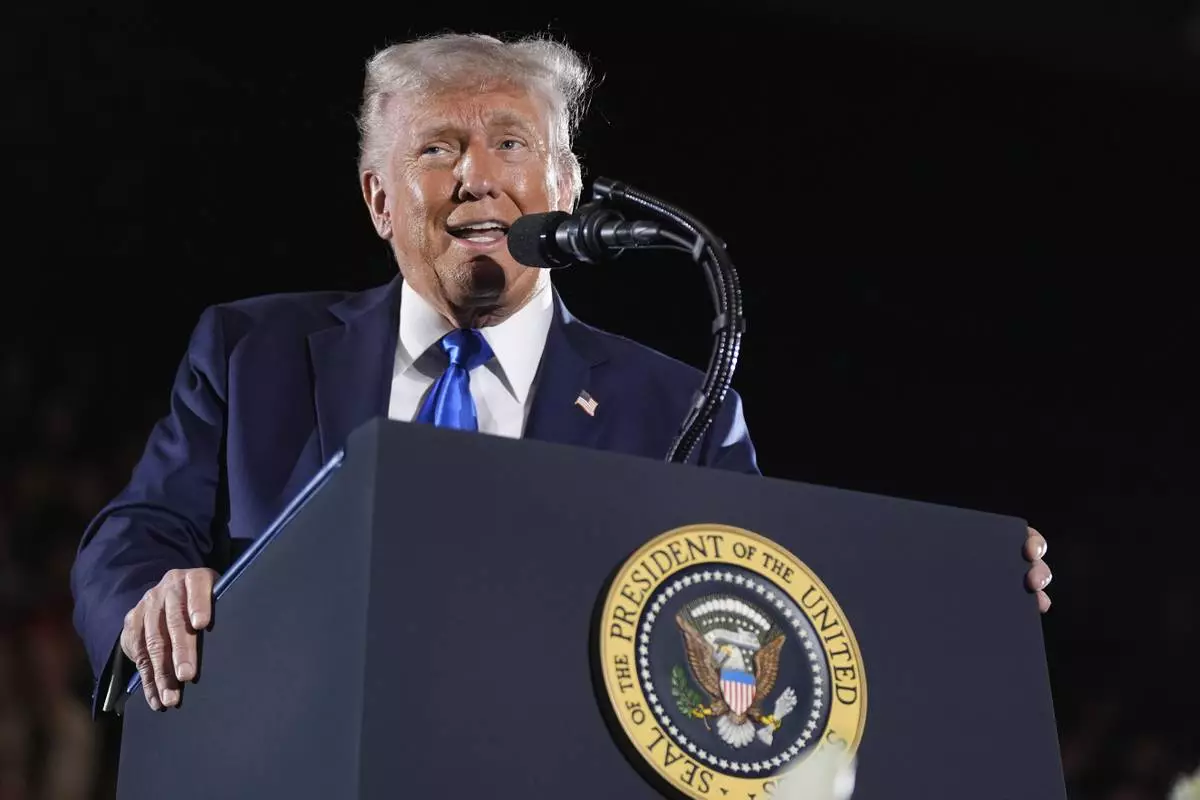
President Donald Trump gives a commencement address at the University of Alabama, Thursday, May 1, 2025, in Tuscaloosa, Ala. (AP Photo/Manuel Balce Ceneta)
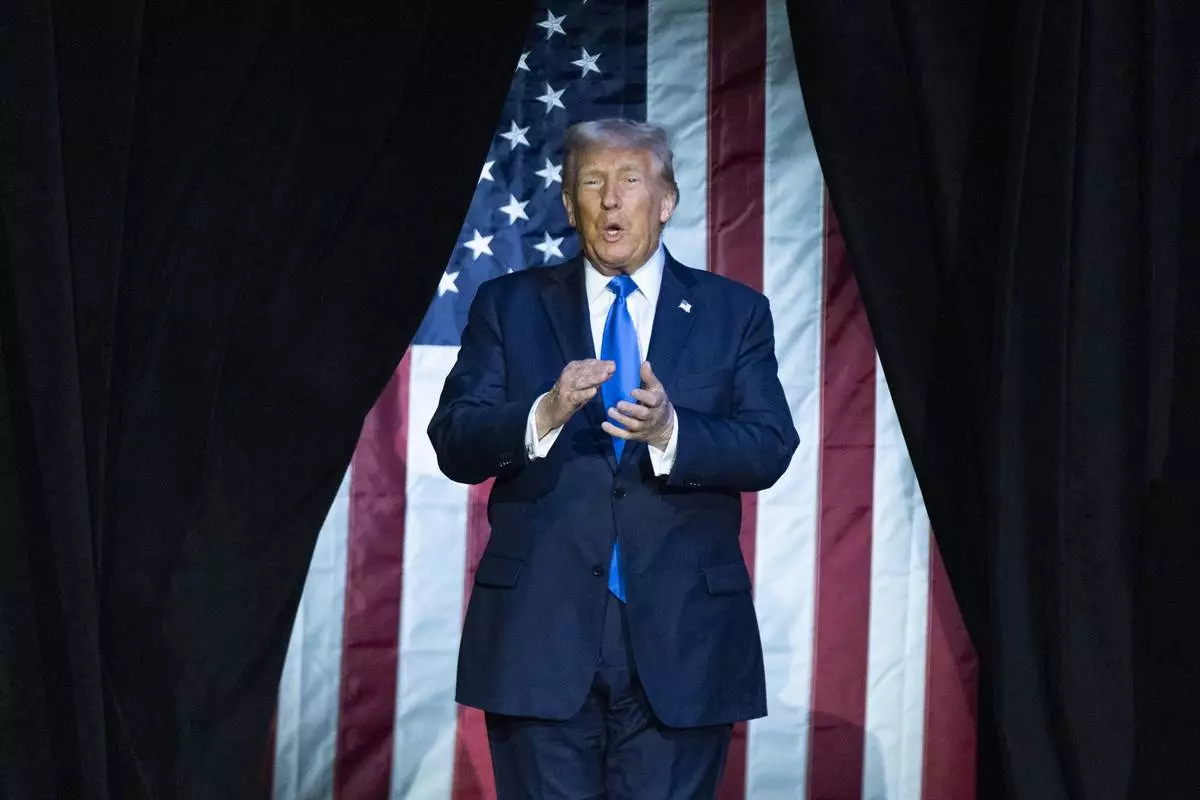
President Donald Trump arrives to give a commencement address at the University of Alabama, Thursday, May 1, 2025, in Tuscaloosa, Ala.(AP Photo/Manuel Balce Ceneta)






